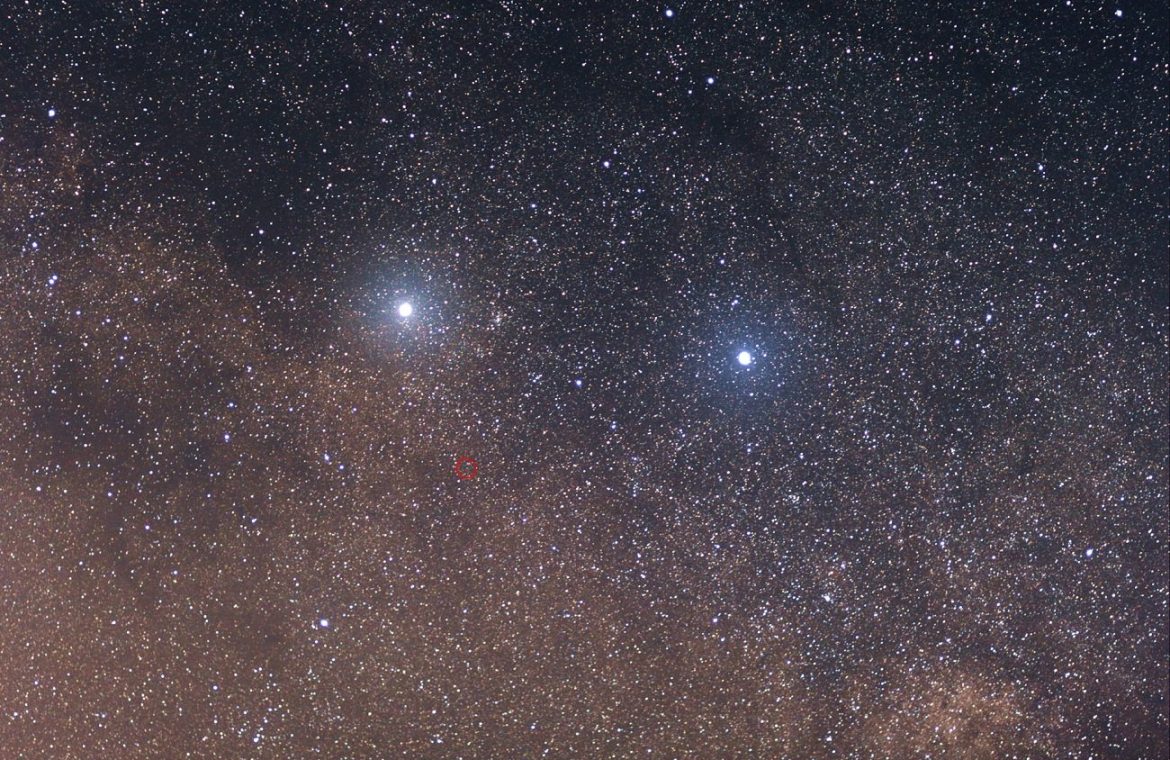Philip Lubin and Joel Rothman of the University of California, Santa Barbara Introduction in Pages astronautics law Your considerations regarding sending living things into space.
The object of such a flight would be the closest star other than the Sun, Proxima Centauri. As you can easily guess, the biggest challenge in such a case will be the great distance. In the example of the Voyager probe missions, we see that humanity is able to send its ships billions of kilometers to leave the so-called heliosphere. Unfortunately, both probes took about 40 years to achieve this goal. If they continued their journey at their current speed, it would have taken them more than 80,000 years to reach Proxima Centauri.
Read also: An unmanned station will be built on the lunar surface. The Chinese gave a specific date
How do you make such a trip? Rocket fuel in the form of thrust is out of the question because it cannot provide enough energy to propel the ship up to speed. Certainly, it will be necessary to design a thrust capable of providing not only a high speed, but also a thrust capable of propelling ships of large mass.
Before that happens, we’re left with sending in much smaller things. Currently, it is possible to use ships weighing within one gram. It’s hard to imagine that something of impressive proportions could be on board, but scientists suggest that good passengers could have been … a nematode. More specifically, they are representatives of the species C. elegans. It is small and at the same time great for all kinds of experiments.
Sending people into space is currently not possible in terms of interstellar journeys
C. elegans has already found its way aboard the International Space Station and is distinguished by the ability to survive even though almost all metabolic functions have ceased. Thanks to this, they can be placed in such a state for the duration of the flight, which will be relatively short thanks to reaching 20-30% of the speed of light. On the way, scientists can monitor their condition.
Read also: Mars can be turned into a second Earth. NASA chief scientist will present a reclamation plan
Is there a risk of biological contamination of alien planets with terrestrial life? As the authors argue, this is not possible because our probe would either burn up in the atmosphere of such an object or would crash after hitting its surface. And since this flight will be one-sided, there will be no danger of unwanted passengers arriving on Earth.

“Music specialist. Pop culture trailblazer. Problem solver. Internet advocate.”








